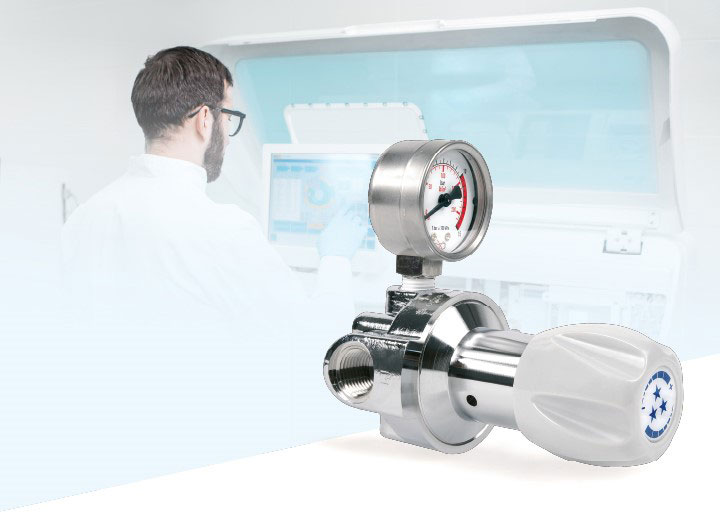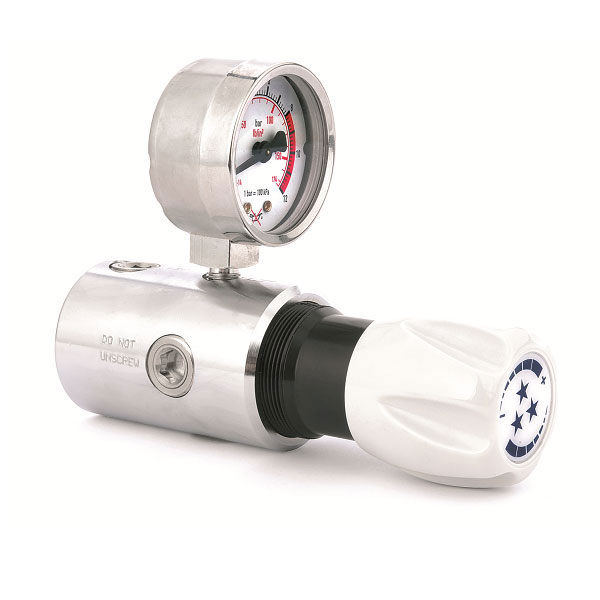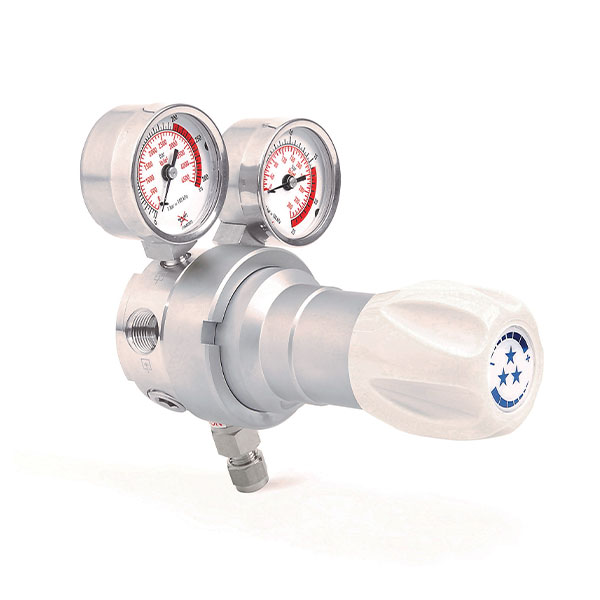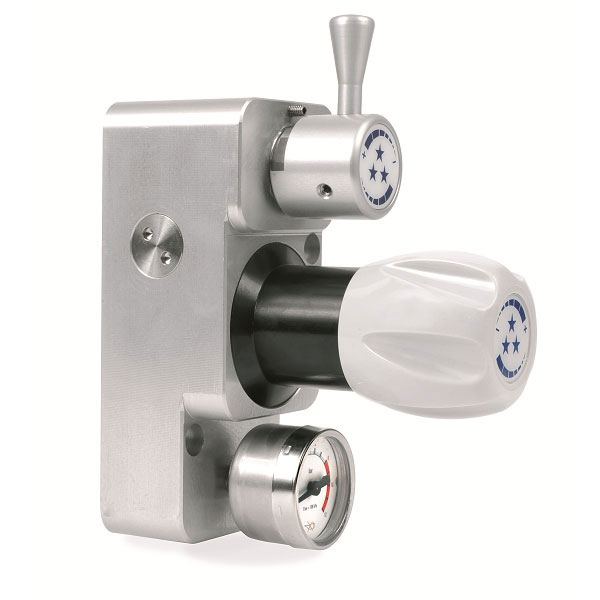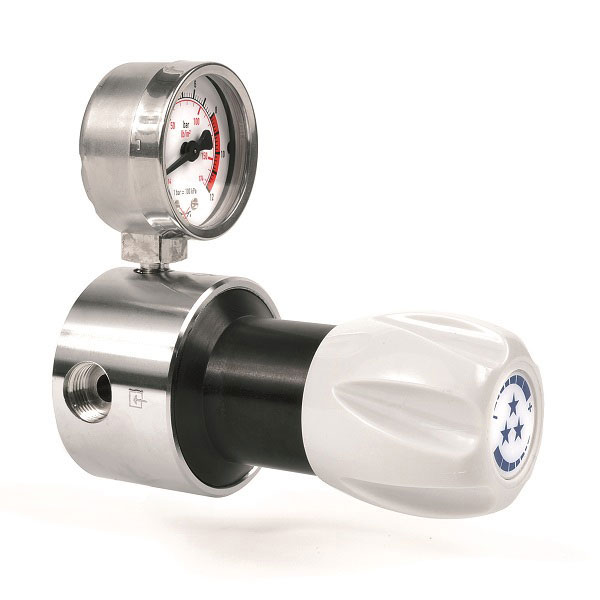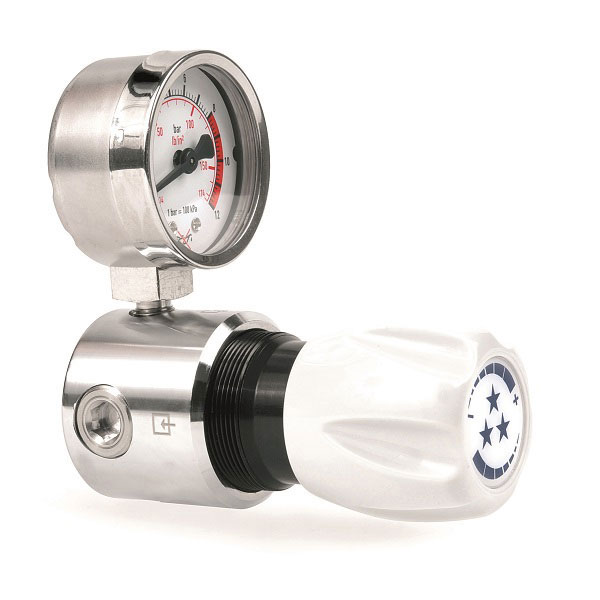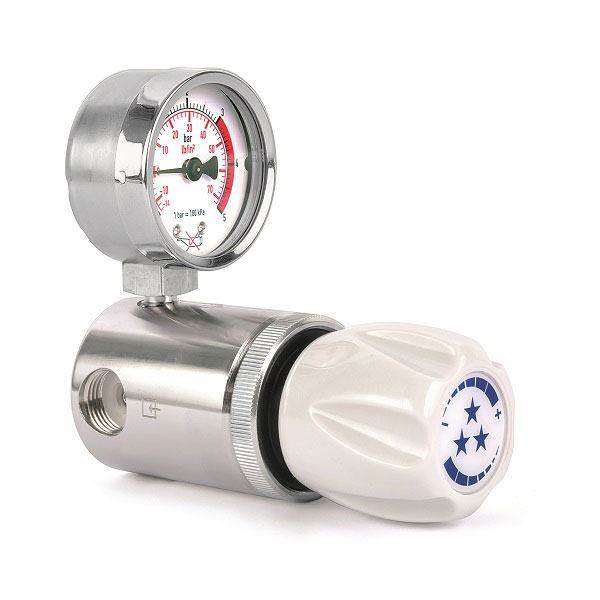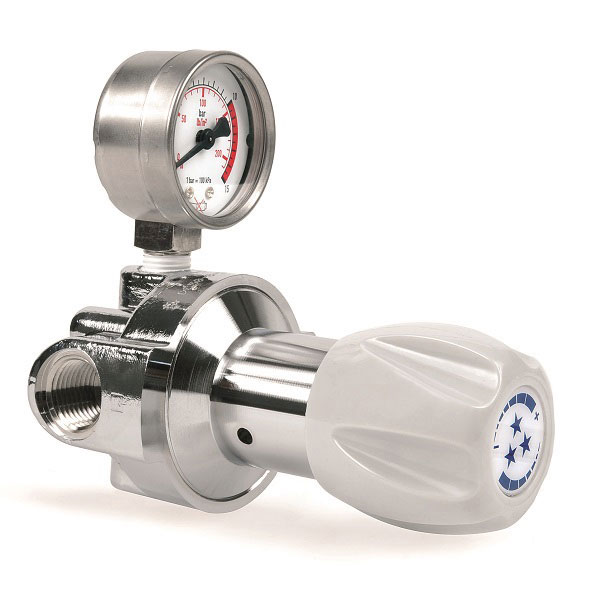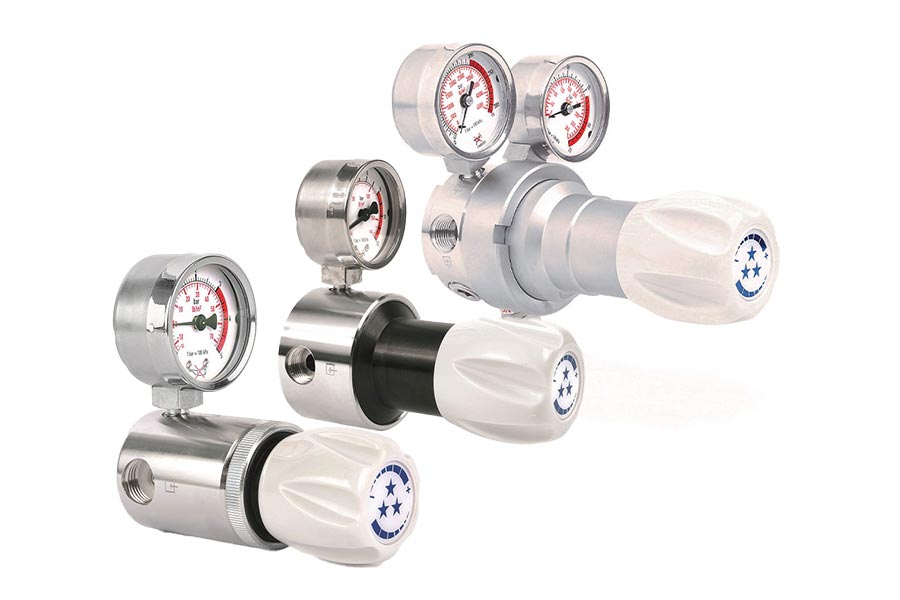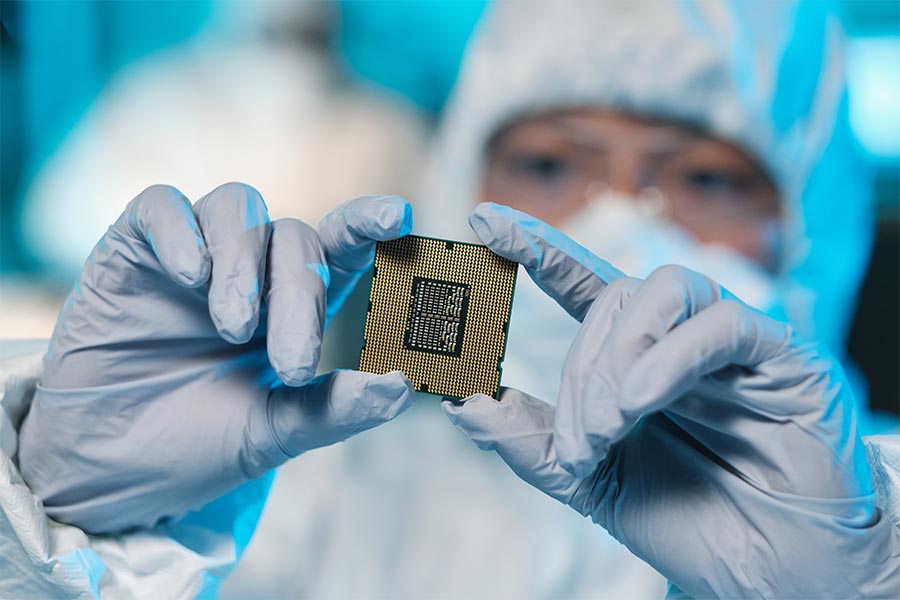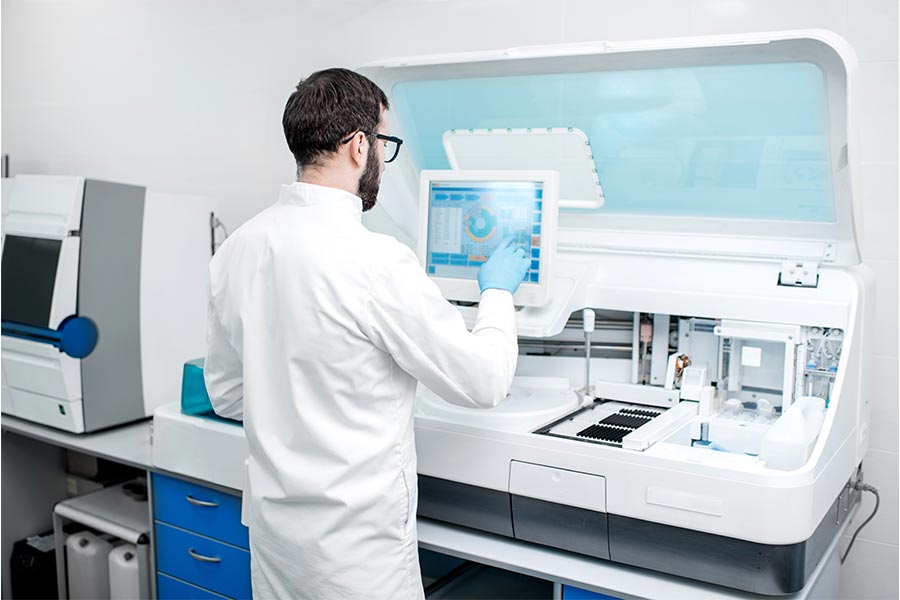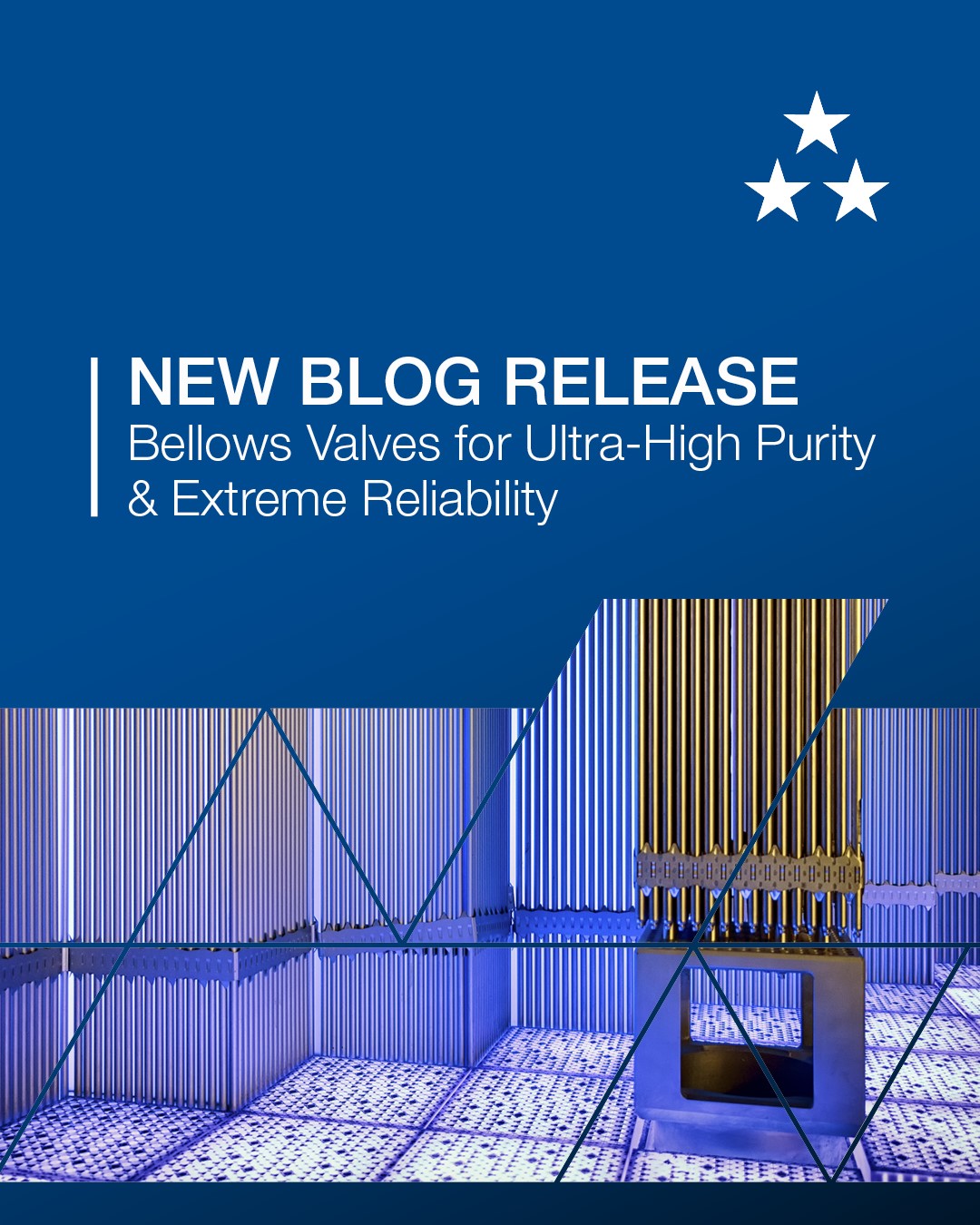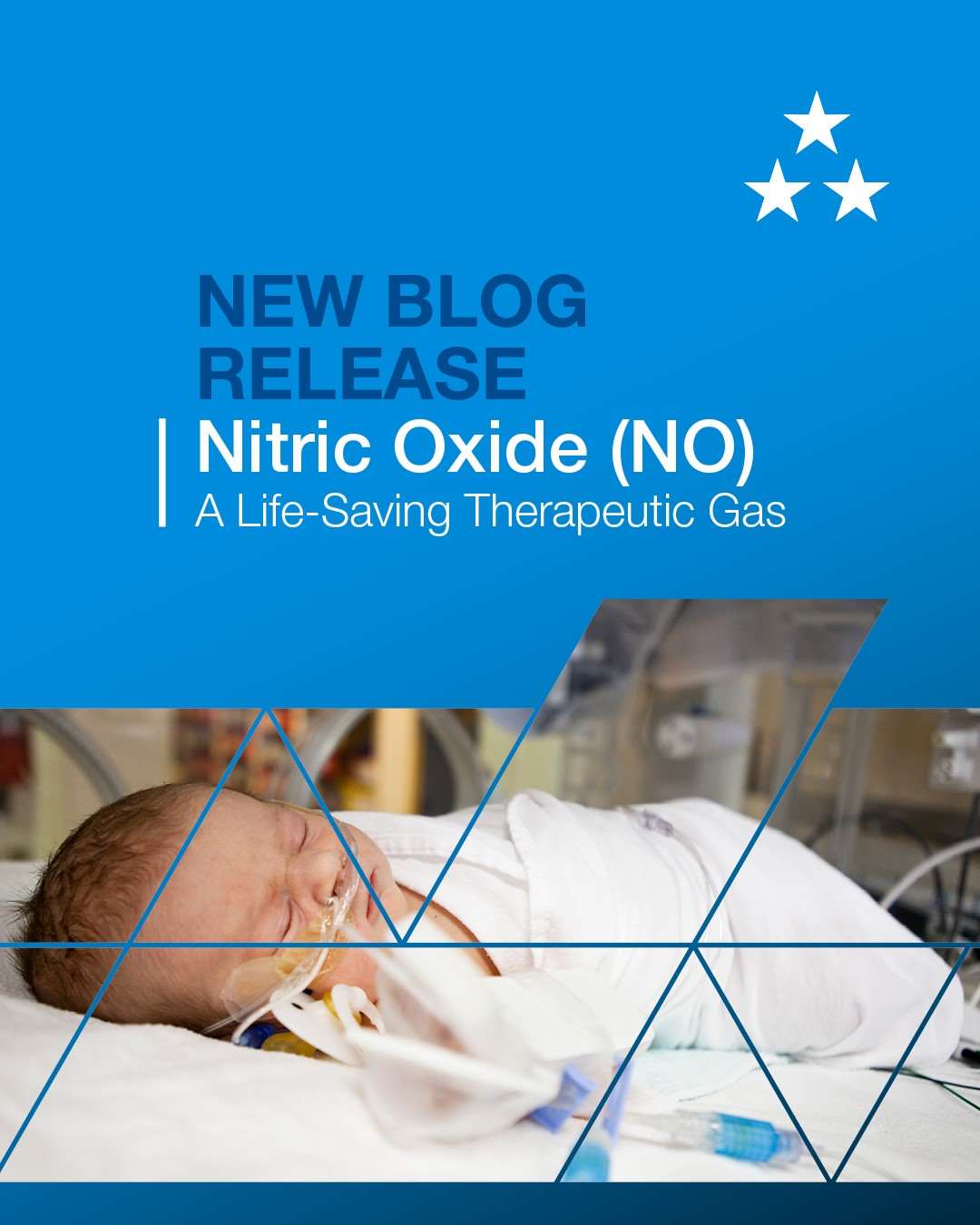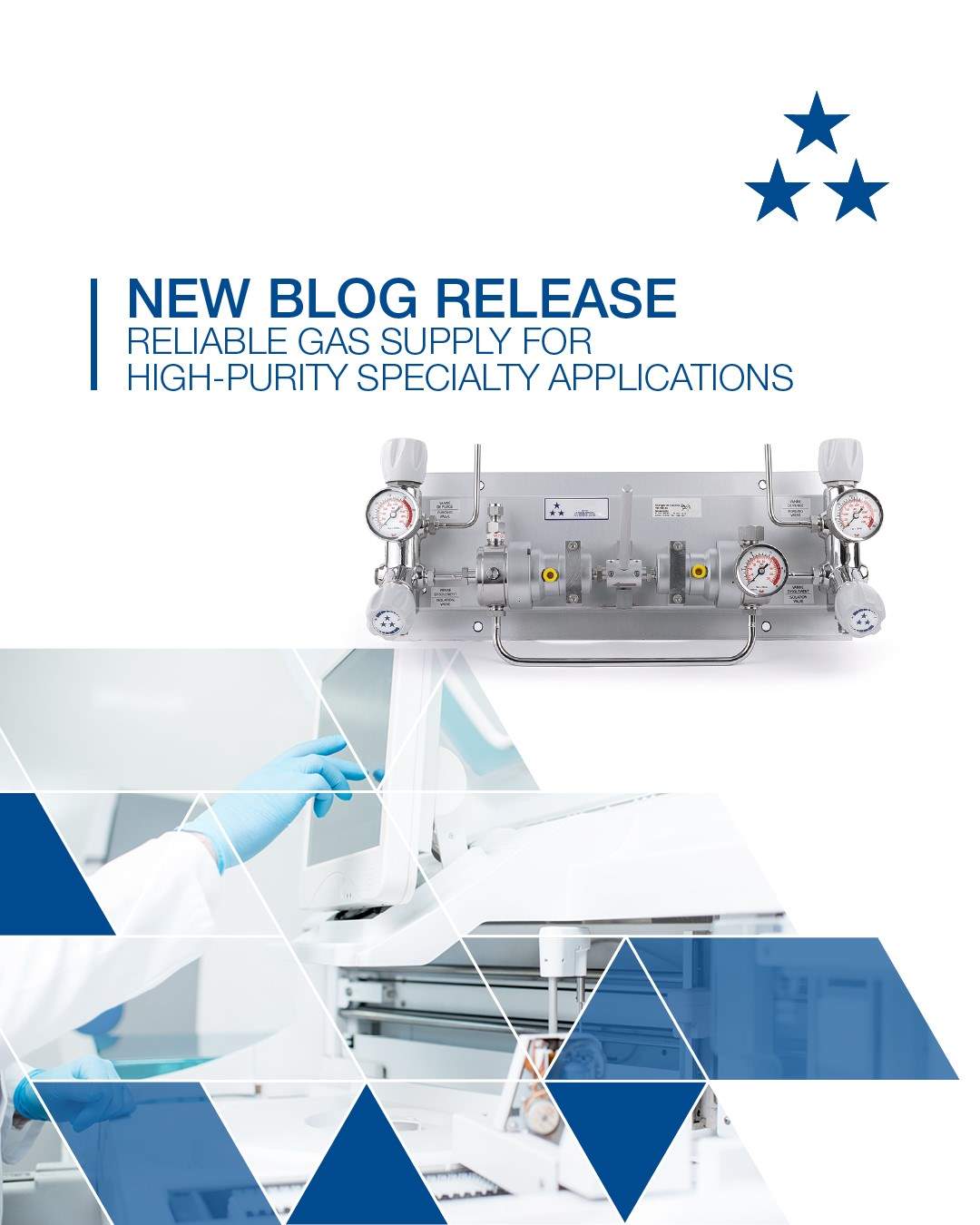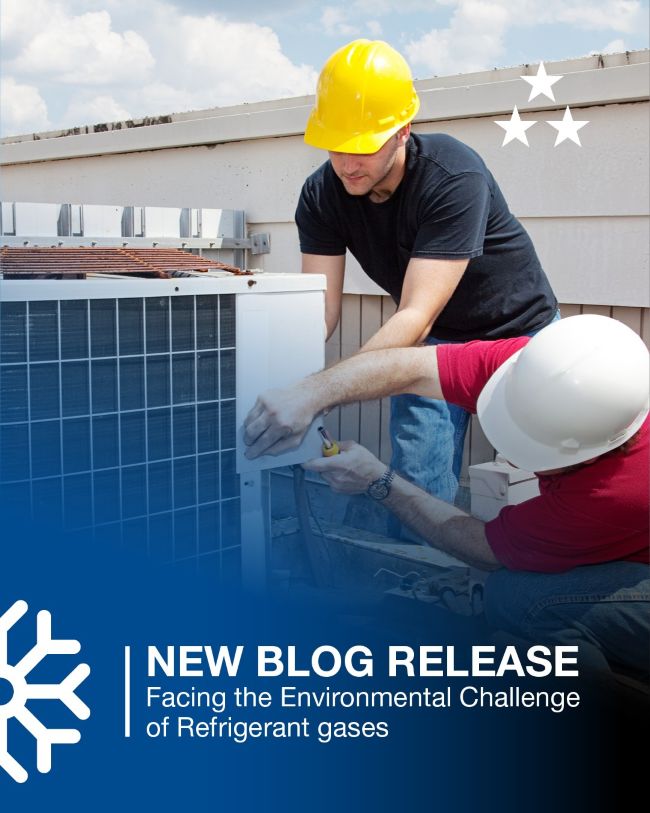Gas Low Pressure Regulators
Are you looking for the right low-pressure gas regulator for your gas supply? You’ve come to the right place. Our range of precision pressure regulators ensures safe pressure reduction from the cylinder or supply line to the level required by the appliance, providing you with a stable flow and protecting your equipment.
Each gas pressure regulator is built with a robust regulator body and designed to meet demanding applications across: industrial facilities, laboratories, research centers, and other professional environments. They are suitable for use with a wide range of gases, including compressed air, hydrogen, carbon dioxide, argon, acetylene, oxygen and more, regardless of the flow rate you need. Integrated connectors and optional pressure gauge ports make installation and measurement both simple and accurate. Before use, always verify that the regulator is properly installed and matches the product specifications.
Designed to be durable and reliable, our pressure regulators continue to contribute to the proper functioning of your gas-powered equipment, whether in direct connection to a cylinder or as part of a larger distribution system. Whether for main supply lines or portable cylinders, you can rely on our regular quality standards and certified performance.
Key features:
- Stable outlet pressure for consistent performance
- UL and CE certified for peace of mind
When you choose from our series of gas regulators, you benefit from proven quality that is recognized worldwide.


